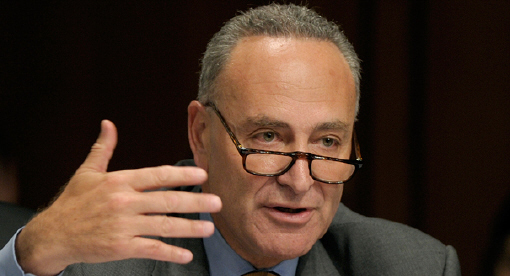Sen. Schumer calls for tighter power plant security following California attack
Plants located across NYC

b_schumer_AP0001.jpg
Senator Charles Schumer warns that terrorist attacks — like a recently publicized April 16 assault on a power station in California — could take down the nation’s power grid, and wants Congress to impose tighter security rules on power plants.
Power companies have the right to veto security improvements, and Schumer is calling on the federal government to allow Congress to overrule their objections in the name of national security.
In the April assault, reported by the Wall Street Journal, multiple snipers took down 17 transformers at a Silicon Valley power plant while standing outside the security perimeters, taking the plant offline for nearly a month.
